
The Venice Biennale
Venice Biennale - Art, Architecture, Cinema, Dance, Music, TheaterThe Venice Biennale is one of the most prestigious cultural institutions in the world, a reference point for contemporary art, architecture, cinema, dance, music, and theater. Founded in 1895, it has evolved over time, reflecting the artistic and social transformations of more than a century.
History of the Venice Biennale
1895–1947: The Origins and Expansion
The Biennale was founded in 1895 as the "Esposizione Internazionale d'Arte della Città di Venezia," initiated by Mayor Riccardo Selvatico. The event was held in the Giardini di Castello and immediately gained international attention. In the 1930s, under the direction of Count Giuseppe Volpi di Misurata, the Biennale became an autonomous institution and expanded its activities with the introduction of new festivals: Music (1930), Cinema (1932), and Theater (1934). During World War II, activities were suspended, but resumed in 1948 with a major art exhibition, including a retrospective on Picasso and the collection of Peggy Guggenheim.
1948–1973: Post-War and Avant-Garde Movements
In the post-war period, the Biennale became a reference point for avant-garde movements. In the 1950s and 1960s, it introduced movements such as Abstract Expressionism and Pop Art, awarding artists like Robert Rauschenberg in 1964. However, 1968 marked a moment of crisis, with student protests that led to the suspension of awards and a restructuring of the institution, culminating in a new statute in 1973. During these years, the Biennale was not only an art exhibition but also a platform for political and social debates, reflecting the spirit of the times.
1974–1998: Reforms and New Directions
In the 1970s and 1980s, the Biennale faced political and cultural challenges, such as the "Biennale del Dissenso" in 1977, dedicated to artists from Eastern Europe. In 1980, the Architecture section was established, with the first International Architecture Exhibition curated by Paolo Portoghesi. This edition marked a turning point with the introduction of the "Strada Novissima," a critical reinterpretation of contemporary architecture. In the 1990s, the Biennale continued to expand, introducing new sections and involving internationally renowned curators. During this period, the Arsenale became one of the main venues, extending the exhibition space beyond the Giardini di Castello.
1999–2024: Internationalization and Innovation
Since 1999, the Venice Biennale has undergone a process of internationalization, welcoming an increasing number of participating countries. The editions of the 2000s saw a rise in collaborations with artists from Asia, Africa, and Latin America, broadening the cultural panorama of the event. Moreover, in 1999, the Dance section was established, joining the other disciplines. In the following years, the editions explored global themes such as sustainability, migration crises, climate change, and social inclusion.
A significant moment came in 2019, when the Biennale Arte addressed the theme "May You Live In Interesting Times", a reflection on political and social uncertainty. The 2022 edition, titled "The Milk of Dreams", explored the possibilities of human transformation through imagination and technology.
With the advent of the pandemic, the Biennale had to reinvent itself, adopting digital formats and developing virtual experiences to reach a global audience. Today, the Biennale stands as a laboratory for artistic experimentation, capable of anticipating trends and reflecting on major contemporary issues.
The Venice Biennale - PHOTO GALLERY
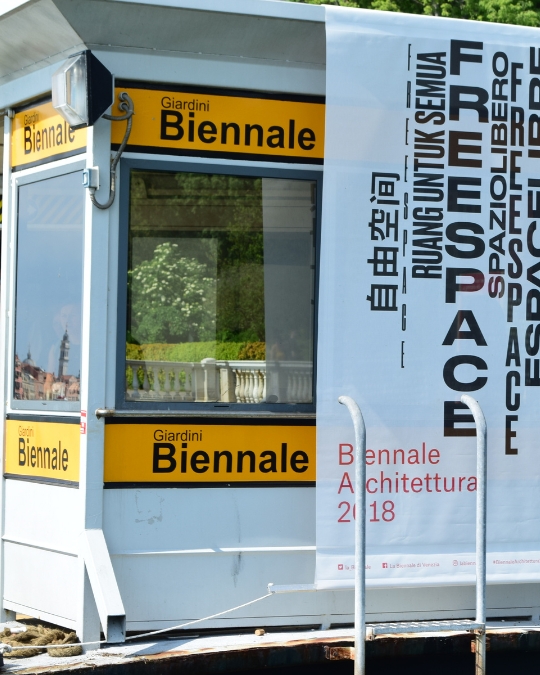
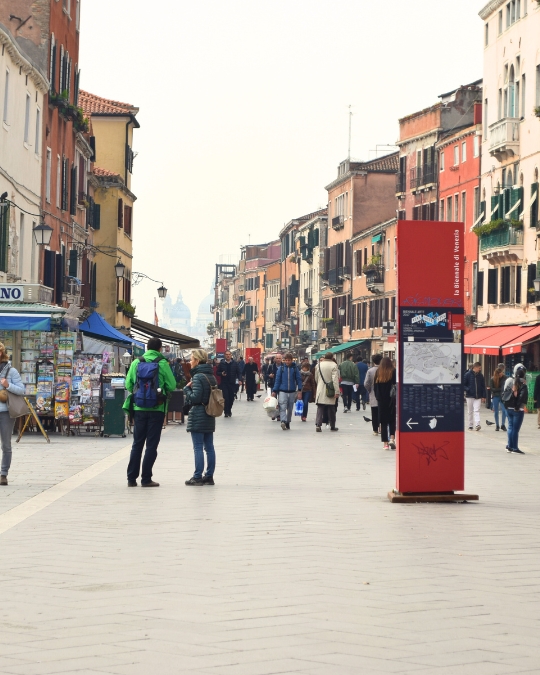
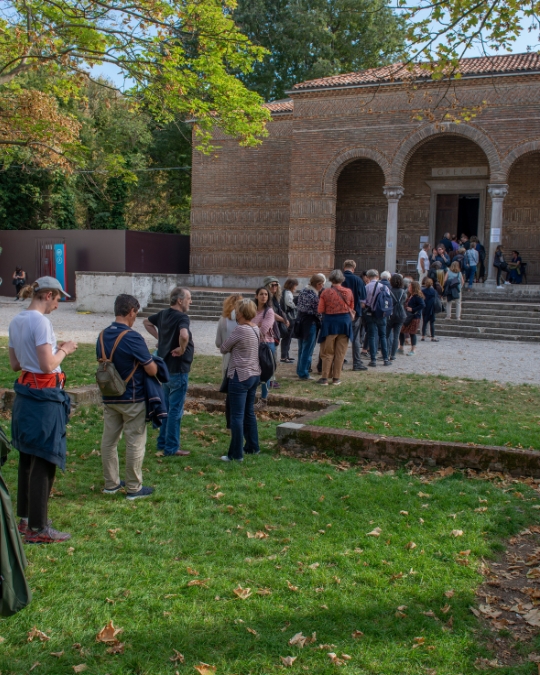
Exhibition Venues and Sectors
- Art: Giardini di Castello (Central Pavilion and national pavilions), Arsenale
- Architecture: Giardini di Castello, Arsenale
- Cinema: Lido of Venice (Palazzo del Cinema, Palazzo del Casinò)
- Dance: Arsenale (Teatro alle Tese, Teatro Piccolo Arsenale)
- Music: Arsenale (Teatro alle Tese, Teatro Piccolo Arsenale)
- Theater: Arsenale (Teatro alle Tese, Teatro Piccolo Arsenale)
- Historical Archive: Ca' Giustinian (Biennale's central headquarters)
Visitor Tips
- Online Tickets: Booking tickets online allows you to avoid long queues at the main entrances.
- Explore the Arsenale: The Arsenale offers unique exhibition spaces, away from the crowds of the Giardini.
- Vaporetto and Accessibility: ACTV lines 1 and 4.1 connect the main exhibition venues quickly.
- Guided Tours: Guided tours are available in multiple languages and provide an in-depth perspective on the exhibited works.
- Avoid Weekends: Weekdays are less crowded and allow for a more relaxed visit.
The Venice Biennale - PHOTO GALLERY
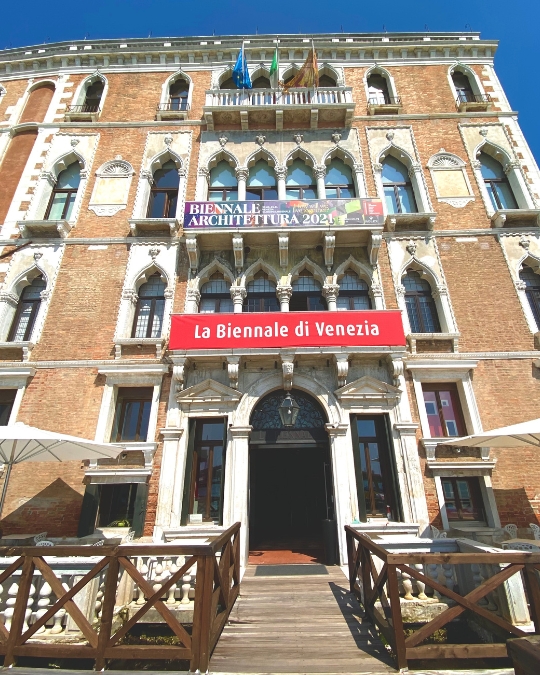
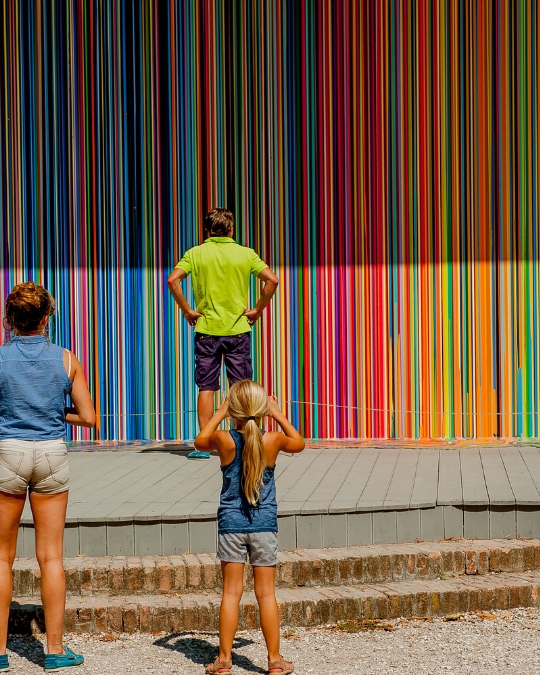
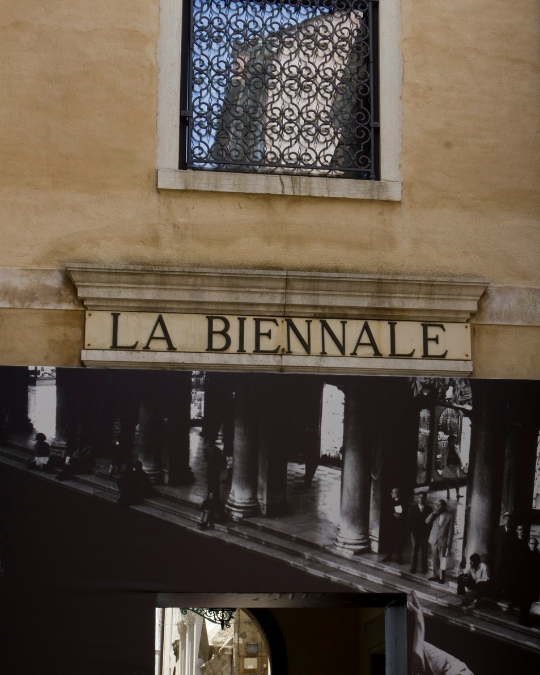
Dates and Venues of the Venice Biennale 2025 Events
The Venice Biennale 2025 presents a rich calendar of events embracing various artistic disciplines. Below are the dates and main venues for each sector:
- 19th International Architecture Exhibition
Intelligens. Natural. Artificial. Collective.
Dates: May 10 – November 23, 2025
Venues: Giardini della Biennale, Arsenale
Opening Hours:- May 10 – September 28: 11:00 AM – 7:00 PM (last admission 6:45 PM)
- September 30 – November 23: 10:00 AM – 6:00 PM (last admission 5:45 PM)
- Closed on Mondays, except: May 12, June 2, July 21, September 1, October 20, November 17
- 53rd International Theatre Festival
Theatre is Body – Body is Poetry
Dates: May 31 – June 15, 2025
Venues: Arsenale, Isola del Lazzaretto Vecchio
Director: Willem Dafoe - 19th International Festival of Contemporary Dance
Myth Makers
Dates: July 17 – August 2, 2025
Venues: Teatro alle Tese, Teatro Piccolo Arsenale, Tese dei Soppalchi, Sale d’Armi, Sala delle Colonne – Ca’ Giustinian
Director: Wayne McGregor - 82nd Venice International Film Festival
Dates: August 27 – September 6, 2025
Venues: Lido di Venezia (Palazzo del Cinema, Palazzo del Casinò)
Director: Alberto Barbera - 69th International Festival of Contemporary Music
The Star Within
Dates: October 11 – October 25, 2025
Venues: Arsenale, Ca’ Giustinian
Director: Caterina Barbieri
For further details and updates, visit the official website: www.labiennale.org